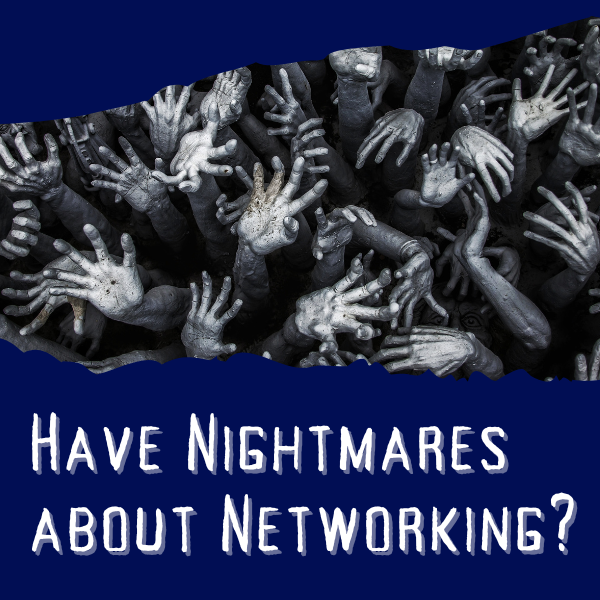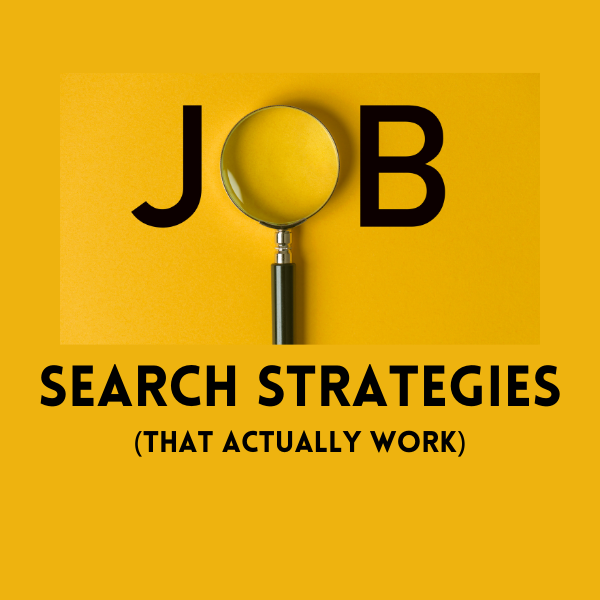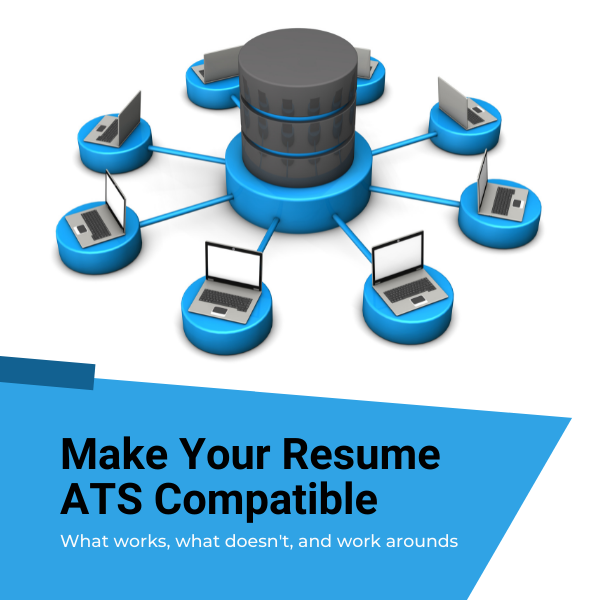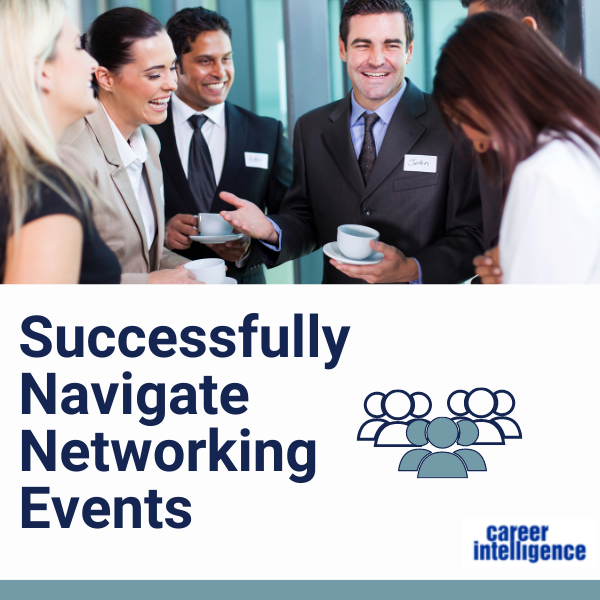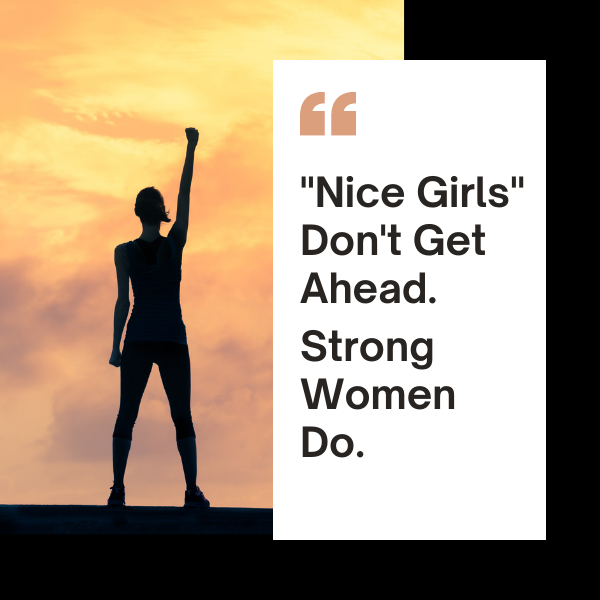How To Take The Nightmare Out Of Networking
You’ve probably heard about the “hidden” job market. It’s really not some secret place where the jobs are. It’s about the number of jobs that get filled through referrals. And that’s why career professionals talk about networking. Contrary to popular belief, that’s not simply making connections on platforms like LinkedIn, it’s building relationships with people who will think of you when they hear about a job that might interest you.
While job boards have their place, spending all your time applying to jobs online isn’t practical. Neither is expecting recruiters to contact you, even if your LinkedIn profile and other social media profiles are compelling. .
While 65% of recruiters use Linkedin to source candidates, according to the 2021 Jobvite Recruiter Nation Report other platforms have gained popularity. Facebook came in at 68%, Instagram at 46%, and YouTube at 35%. The report also notes that recruiting on TikTok is on the rise.
The majority of recruiters (53%), however, noted they found the highest quality candidates on LinkedIn.
Just remember, recruiters don’t work for you; they work for the employer. They are online looking for candidates to fill specific positions. More precisely, they are looking for a square peg to fit into a square hole. If you are a round peg, you’re out of luck.
How To Accelerate The ‘Know, Like, and Trust’ Factor With A LinkedIn Profile Video
If you’re looking for a new opportunity or potential clients, you need to be on LinkedIn. At this writing, there are 850 million members in 200 countries around the globe, according to LinkedIn stats.
So that means while LinkedIn is full of opportunities, it’s also a big, noisy place. One of the best ways to stand out is with a profile video. Uploading a profile video, which plays silently for three seconds when someone clicks on your profile, gives people the chance to “meet” you: to learn a bit about who you are and what you do.
We’ve all heard the adage that people prefer to hire and work with people they know, like and trust. Creating a LinkedIn profile video can help move the getting-to-know-you process forward.
This feature was first rolled out in 2021 as Cover Story. It was updated and renamed Profile Video in early 2022. The change included providing stats on how many people have viewed your video.
Despite being widely available, many members still haven’t uploaded a profile video. They’ve decided to pass on a feature that can help them immediately stand out.
Words That Turn Hiring Managers Off (And Words They Love)
I can’t count the number of times I’ve seen someone describe themselves as a team player on their resume. I can say it’s way too many.
However, descriptors like team-player and out-of-the-box thinker make hiring managers cringe according to a 2021 CareerBuilder survey* of hiring managers and human resources pros.
What A Personal Brand Is (And Why You Need To Develop Yours)
Personal branding is a popular concept promoted by marketers, public relations specialists and, more recently, career professionals. Countless articles have been written on the subject. A recent Google search turned up about 353 million results.
Still, questions abound.
- What is a personal brand?
- Why is it important?
- How do I develop one?
While there is no pat answer, there’s substantial evidence that a strong personal brand can boost your job search and positively impact your career.
What A Personal Brand Is
Your personal brand is how others perceive you. As entrepreneur Gary Vaynerchuk notes in a 2019 article about personal branding, “Your personal brand is your reputation. And your reputation in perpetuity is the foundation of your career.”
With Passive Jobseekers Actively Looking For New Opportunities, You Need A Plan
The Great Resignation and an improving economy, which has turned passive lookers into active jobseekers, have increased competition for open positions. That means, if you want to find a new job, you may have to work harder than you have in a decade.
Sitting at your computer responding to ads won’t cut it. You need a multipronged job search plan.
These 7 job search strategies work if you work them.
#1 Make a list of target employers, companies where you would most like to work. See who you may be able to connect with at those businesses by sharing your list with friends, family, and former colleagues.
#2 Check the career sections of your target employers for open positions. According to Glassdoor for Employers, ads on job boards get an average of 250 applications, cited in Inc. So it’s likely you’ll have less competition when applying directly through the company’s website.
How To Write Your Resume So It Won’t Get Lost In ATS Systems
All career professionals, particularly resume writers like me, say that you need to focus on your achievements. The best way to stand out from your competition is to demonstrate your value to employers. That’s true.
But even the most compelling resume won’t get you far if it’s not compatible with ATS (applicant tracking software system). Because important content, like your name and email address, may not be seen by recruiters and employers.
ATS Don’ts
While ATS systems are getting smarter all the time, and some are better at reading documents than others, your resume should be formatted to be read by most of them. Here are a few things to avoid.
Headers and Footers
Many ATS systems don’t read heads and footers, yet I still see resumes with the person’s name and contact information in the header. Headers are a suitable place to put your name and the page number. Footers on the second page are an excellent place to put your name and contact information if the printed pages are somehow separated.
Six Tips To Help Increase Your Engagement On LinkedIn, Find A Job, And Advance Your Career
LinkedIn is your face to the business world. It’s often the place recruiters looking for candidates will meet you. It’s the place recruiters and employers who are impressed with your resume will go to learn more about you. While LinkedIn is considered a business platform, it’s important to remember that it’s also a social network. Like many things, you’ll get as much out of LinkedIn as you put into it.
Executive Resume Not Getting Results? This Is Probably Why
You may get away with updating the resume you’ve had since college or hastily putting together a resume on your own early in your career. However, once you reach the executive level or are targeting senior executive roles, you need a results-driven executive resume that tells a powerful career story.
The Career Ladder Myth
Most people think of climbing a career ladder. But the career ladder is a myth. It’s a career pyramid. Competition isn’t as tough for early careerists or even mid-level managers because there are a lot of jobs at those levels. As you move into Director, VP, SVP, and the C-Suite roles, however, there are not as many jobs.
How To Successfully Navigate Networking Events (When You Dread Them)
People like to hire, work with, work for, etc. people they know and like. The best way to have a wide circle of people who can recommend or refer you for whatever is to have a wide circle of people who know, like, and understand the value you bring.
Networking on business and social platforms like LinkedIn and, more recently, Clubhouse is a wonderful way to expand your circle. But as in-person networking resumes, it’s time to start preparing for that as well.
For many, in-person networking events means stepping out of our comfort zone. Stepping into a room full of strangers can be a little scary. If we’re fine with that, we may not be quite sure what to do when we get there.
While reading this may not make you eager to sign up for an association dinner, mastering the following techniques can help you become more comfortable and, as a result, become a better connector.
“Nice Girls” Don’t Get Ahead. Strong Women Do.
Although I started my resume writing business in 2014, I’ve been in the career field over 2 decades. Over the years, I’ve read a lot of business books. Some books provide practical advice. Some provide inspiration. A few provide both.
As editor of career intelligence, The Savvy Careerist’s Resource, I had the chance to read the (then) recently published Nice Girls Don’t Get the Corner Office: Unconscious Mistakes Women Make That Sabotage Their Careers by Lois P. Frankel, PhD. It was the revised edition of the New York Times best seller Nice Girls Don’t Get the Corner Office: 101 Unconscious Mistakes Women Make which was published a decade before.
I saw myself on many of the pages. Besides practical advice the book is peppered with stories from Frankel’s coaching practice which provide real-life lessons.
As the title suggests, the book is set up as series of mistakes to avoid followed by coaching tips that can be implemented immediately. When I was offered the opportunity to interview Dr. Frankel, I jumped at the chance.

